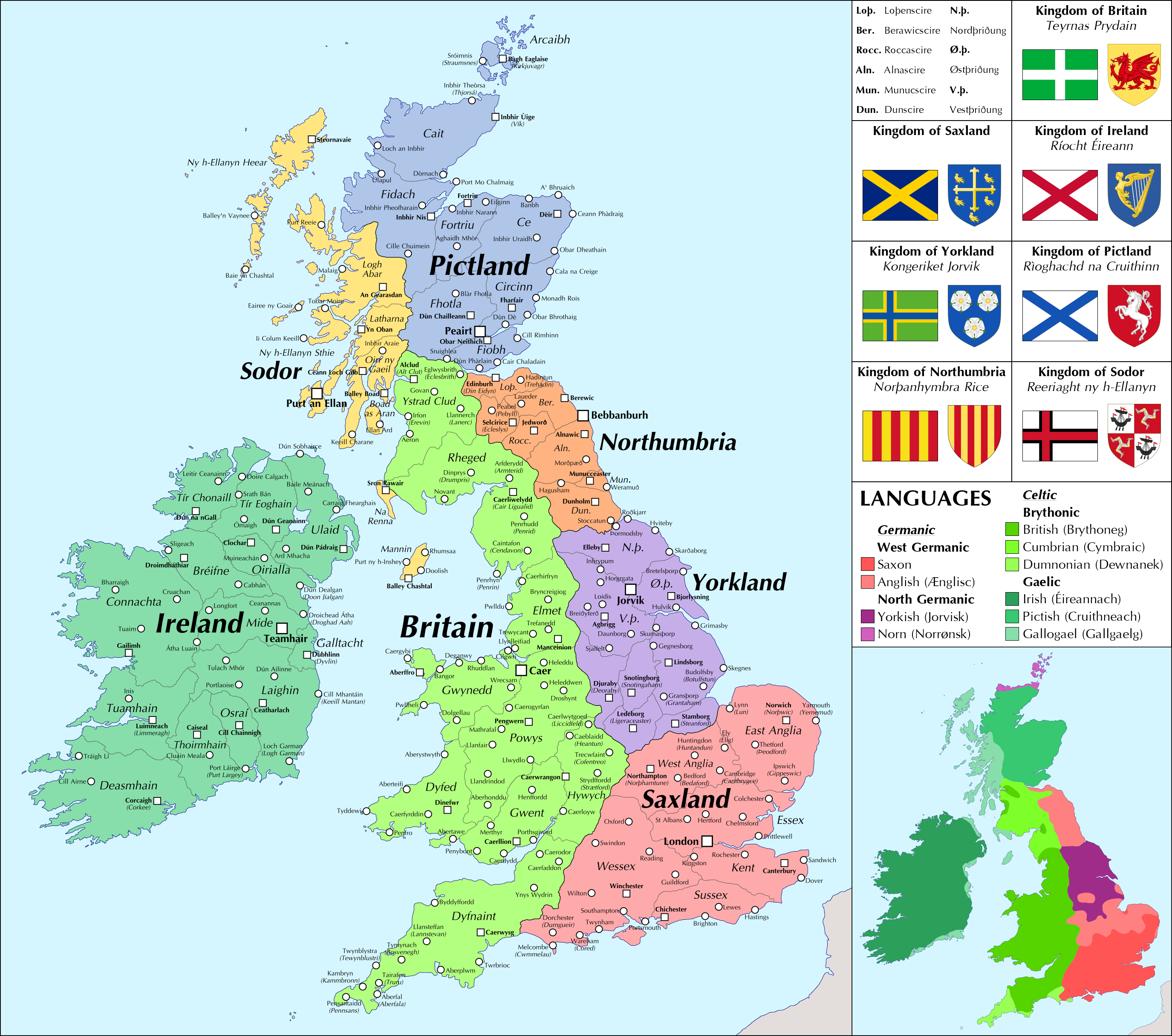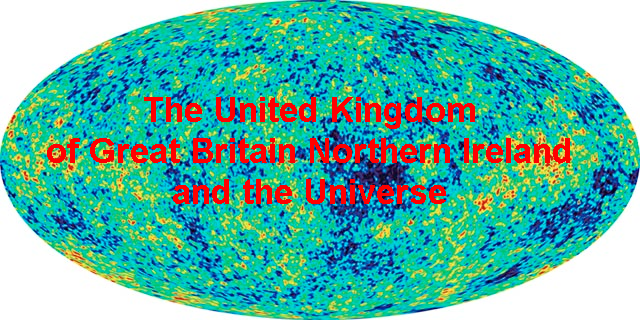Hi! This is the map I made for MOTF 204, kinda had to rush it.
Beyond the Great Wall: The republics of Mongolia and Manchuria
POD: Zhang Zuolin isn’t assassinated in June 1928
“I have a fervent hope that the day is not far distant when Japan, Manchuria, and Mongolia as three independent powers closely linked together by a bond of cultural and racial affinities, will come to operate hand in hand for the maintenance and advancement of the peace and prosperity of the Far East” - Tanaka Giichi, prime minister of Japan 1927-1935
In June 1928, the military situation looked bleak for Zhang Zuolin, the Guomindang’s forces led by Chiang Kei Shek’s had crossed the Yellow River and forced Zhāng’s army, the Fengtian clique, to retreat in Beijing, as Chiang and his ally Feng Yuxiang were readying to attack Tianjin for the final assault of the northern expedition, the Japanese military, which had been supporting him for years to keep control of Manchuria, proposed him to concede Beijing to the KMT and retreat to Manchuria, assuring him that they would prevent the Guomindang army from crossing the Great Wall or the Shanhaiguan pass, initially reluctant, he eventually gave in and took a train to Mukden, in Manchuria, in June 3.
After an uneventful trip, he arrived to the region he had left 2 years earlier to capture Beijing, but he was soon faced with the reality of his situation, the economy of Manchuria was in shambles, and his prestige had taken a hit by his retreat, it was then that the Japanese Prime Minister and Foreign Affair minister, Tanaka Giichi, offered him generous loans and investment.
Tanaka, a fervent Anti-communist, had more ambitious goal about China than his predecessor, the corner stone of his policy was the “Man-Mo” plan, the separation of Manchuria and Inner Mongolia from the rest of China, so that their ressources and manpower could be used by Japan and serve as bulwark against the Soviet Union
Tanaka’s demands in return were simple: Allowing the Japanese army to jointly police Manchuria. Zhang knew that this would amount to effective Japanese occupation and suzerainty, but he also saw his power base dwindling by the day, and so in March 1929, he struck a deal with the devil.
The Japanese Kwantung Army took place alongside local polices on strategical infrastructure and buildings with a speed that was proof of the army’s quality, Tanaka kept his part on the commitment and soon Manchuria’s economy was relieved by the Japanese helps and stimuli. But to many in the Kwantung Army and Japanese government, Zhang was still too ambitious for their own taste, he regularly talked of reconquering China, he also had a respected past, now that the economy was doing better, and had a clear succession plan, the Kwantung Army, with Tanaka’s accord, decided to coup him, on a morning of September 1929, he and his immediate family, including his son Xueliang, were put under house arrest by the Japanese force, one of his general, Yang Yuting, secretely groomed by the Japanese to lead Manchuria, and who has had a rocky relationship with Zhang, was put in power. Japanese troops quickly suppressed any dissidents, with this coup, the Japanese unofficial control over Manchuria was near complete.
The Japanese continued to expand their economic influence in Manchuria, they kept investing in railways, mines and factories to turn it back into the workshop of China it was a decade before, the Japanese also manages to secure the southern side of the Great Wall, seeing the writing on the wall of the revolt of the northern warlord - who had broken off relations earlier in 1929 - against Chiang’s rule, decided to contact Yan Xishan, who held territories south of the wall, and offer him weapons and supplies in exchange with a non agression treaty, Yan had no sympathy for the Japanese, but he knew where his priorities were, Chiang’s KMT had to be dealt with first, thus he accepted the Japanese offer.
But where the Japanese made the most advances was in Inner Mongolia, the other focus of Tanaka’s policy, legitimised by his past success The Manchurian railway network was expended into Inner Mongolia and Japanese presence quickly grew there, with effective control reaching north of Níngxià by 1932, terrified by the Japanese encroachment, Yan Xichian vainly tried to counter it in Suiyuan, but he failed to focus enough forces there with the ongoing Central plain war, which the Japanese took advantage of to occupy a buffer zone south of the Great Wall.
With his streaks of foreign policy success, Tanaka’s ambition and confidence grew, he set his eyes on the biggest prize that would definitely contain Soviet Influence on China, Outer Mongolia.
A communist unrecognised state since 1921, Mongolia’s ruling Party had taken a dark, Stalinist turn since 1929, and systematically targeted The buddhist church and forced the collectivisation of the semi-nomadic, livestock agriculture with disastrous results, several small uprising had happened before 1933, but none had significant effect.
The Japanese saw the large popular discontentment and decided to use it to their advantage, they secretely contacted Buddhist leaders in the west of the country to stage an uprising. The date was set to April 19 1933, when the Zaya Khüree monastery in Arkhangai, Central-Western Mongolia, rose up, quickly disguised Inner Mongolian “volunteers” crossed the border and took part in the revolt and incited the local population, the success was near immediate and within days the entire western part of the country was lost to the Ulan Bator government, the Communist part itself was split, while the badly affected nomadic member tended to support the uprising, despite knowing he Japanese support behind it, they represented only a minority of the local party, the majority of the party was undecided, which the hardliners used at their advantage to take control of the remaining party, soon both sides of the civil war radicalised themselves, the population of the country being near equally split, this led to terrifying massacre from both sides which captured international attention. Eventually after the failed first capture of Ulan Bator, the Japanese decided to send the bulk of the Kwantung and Manchurian Army, overwhelming the local forces with over 70,000 men, in the ground of preventing massacre of Buddhist populations, Stalin was shocked by the event and quickly ordered an intervention. Alas, ongoing work on the Siberian railways, the effect of the soviet famines, and insurgent efforts prevented a quick enough military build up, by fall 1933, Ulan Bator and most of Outer Mongolia had fallen to the Rebel and Japanese forces, although regions adjacent to Tuva would stay out of complete control for a year. The communist party was nearly entirely and savagely purged, out of its 40,000 members, 5% of the Mongolian population , a third were summarily shot while the majority of the rest were put to jail for life. The civil war had devastated the country and cost the life of nearly a tenth of the country’s population.
Furious by the defeat in the USSR’s own backyard, Stalin ordered the invasion of the Xinjiang, which happened in late 1934 and saw the region fall under effective communist control, he also finally annexed Tuva, a small, nominally independant communist state, into the USSR as a SSR.
With Manchuria and all of Mongolia under nominal Japanese control, Tanaka Giichi’s goals had been fulfilled beyond most of the army and government’s expectations, at the zenith of his power in the Japanese government, he ordered the Mongolian (now united) and Manchurian government to declare independance from the Republic of China, which Japan recognised without delay. Many in the government criticised this move, fearing foreign sanctions and most importantly, a direct and lengthy war with China, which many felt japan wasn’t ready for yet.
The unilateral independence of Manchuria and Mongolia sparked a wave of Anti-imperialist and nationalist sentiments across China’s cities reminiscent of the May Four and May Thirtieth movements, foreign concessions and missions were assaulted, while in turn soldiers killed dozens of Chineses, after the failure of the movement the Chinese could only hope their country could unite against the Japanese threat.
But United, China was not, the coalition of northern warlords of Feng Yuxiang and Yan Xishan, who the Japanese secretly supported from Manchuria, successfully drove back the KMT from the north and took control of much of the central plains. The weakened Guomindang, whose southern regions were increasingly rebellious, effectively controlled only parts of Jiangsu, Anhui and Zhejiang. Chiang had lost much of the prestige that ensured his power, and following disagreement over the stance the KMT should have toward japan - Chiang’s experience in Jinan during the northern expedition had left him a particularly sour taste of the country -, the more immediately conciliatory Hu Hanmin, a veteran of the KMT, overthrew him, and focused more on securing the region the party still held than seeing beyond. However the next years would show that Hu Hanmin has neither Chiang’s military skills, nor his ability to get funding for his army and reforms.
Taking advantage of Mao’s sudden death, his former rival Zhang Guotao assumed leadership of the Southern Soviets. In hope to reconcile with the Comintern he had been evicted from 4 years before, he followed Stalin’s advice of switching from Guerilla to Conventional warfare, going against Mao’s strategy, he decided to launch an all out attack to recover Guangzhou, which the CCP has lost following the failed 1928 uprising, against most predictions his army succeeded in retaking the city, but the rest of the party knew they had only been able to win thanks to the recent uprising in Fujian, cutting Guangdong from the KMT capital, and not because of his skills. Indeed Soon his true nature would be revealed as he enacted terrible Stalinist policies, the other leaders of the party watched in horror as thousands of people died, Zhu De, a great friend of Mao, decided to stop the madness before too much damage could be done, and he ordered the assassination of Zhang, his fame allowed Zhu to take control of the CCP and so of a large region in southern China, which now was one of the foremost power in China.
With the KMT weakened, Feng Yuxiang’s and Yan Xishan’s cliques controlled the region south of the Great Wall, however the two warlords hated each other nearly as much as they hated the KMT, and they quickly confronted each other, Japan took advantage of it by quietly funding both sides. Internationally the League of Nations had condemned the independences and Japan’s involvements in them, a report was commissioned in Spring 1934 and when the vote was made in 1936 the League Of Nation nearly unanimously condemned Japan for its interference in China, Their argument that they were “protecting China from the communism threat” fell on deaf ears.
Tanaka Giichi died in early 1936, after having retired at the height of his power, he saw nearly all of his foreign policy goals accomplished in his lifetime and had become one of the most influential men in Japan.
He, however, did not live to see the consequences of his creations, The loss of Mongolia and the direct Japanese threat forced Stalin to focus on the Far East before all, and Japan and the USSR would come to a confrontation in 1939, the Soviet-Japanese war, which led to the eviction of Japanese power from mainland Asia and, eventually the fall of the Japanese empire is often considered to be a direct result of Tanaka’s expansionist policies, and the divide and rule strategy of Japan with the KMT and northern warlords may have led to the rise of the CCP as the foremost power in China and the eventual takeover of the country by communist. Tanaka’s crowning achievement ultimately may have led to Japan’s downfall






